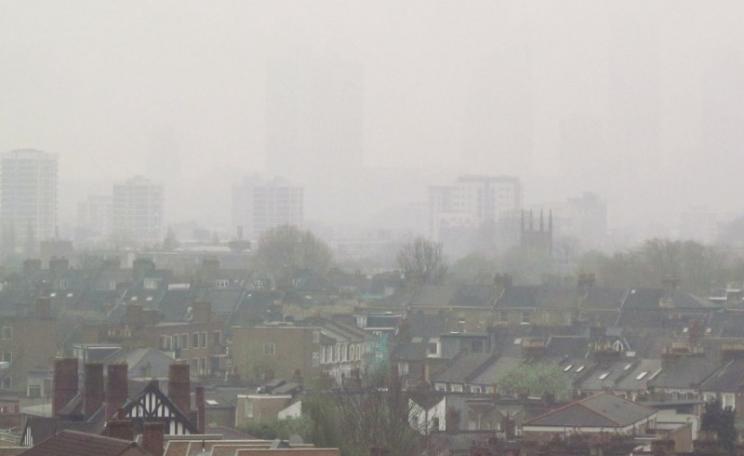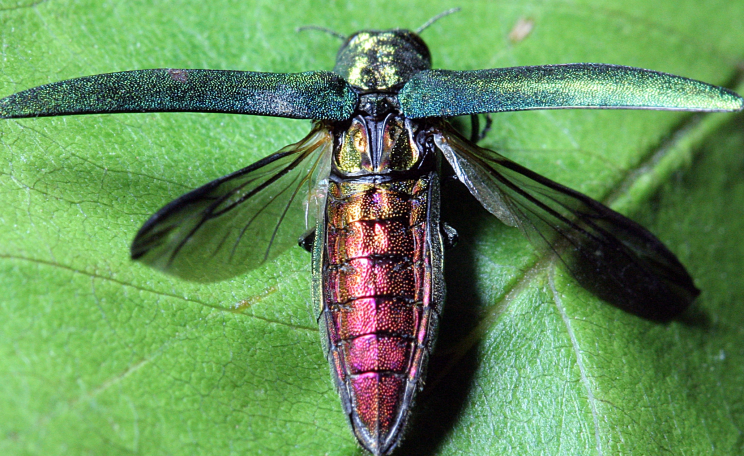Not only does air pollution worsen these preexisting medical conditions, but air pollution is also a primary contributor to people being diagnosed with them.
Air pollution has been a severe cause for concern in the US since at leat the late 1940s. In 1948, a city in Pennsylvania became covered in smog, polluting the air and affecting nearly every resident. Of course, other things would have polluted the air before then, but that was one of the leading occurrences in history that changed the trajectory for handling air pollution.
What constitutes air pollution, then? Several factors add up to the pollution that is in our environment. Solid particles and gases combine to cause air pollution. These particles and gases can come from car emissions, factories, pollen from plants and trees, smoke and mold. That list is not complete, however.
With the recent wildfires raging in the western part of the United States and with the ongoing conversation about climate change, you may wonder how you or other people are affected by just a few minutes of exposure to the air. Pollution is often invisible and can harm those closest to you. Here are some ways in which air pollution is hurting the most vulnerable groups in our communities.
Young children
Air pollution can cause harm to the youngest of children, including those still inside the womb. Infants and young children are still growing and developing daily. Your lungs don’t mature fully until you are in your twenties, and then they begin to decline around age 35.
Children stay active for a large portion of their day. They’re constantly running around, and they need a lot of air to keep up with their busy lifestyle.
Because children tend to stay active for more extended periods, they will likely remain outside for longer when given the opportunity. That means they are exposed to polluted air more often than adults might be.
For children who grow up in more polluted areas, like cities, their risk for lung diseases increases, and their lung growth may be stunted. Even pregnant women exposed to higher amounts of air pollutants will see the effects with their newborns, such as premature birth or abnormal birth measurements.
Early on, the human body can be tremendously affected by air pollution. The tiniest of lungs may not be able to reach their full capacity, which is a reason why adults suffer the consequences in the future.
Not only does air pollution worsen these preexisting medical conditions, but air pollution is also a primary contributor to people being diagnosed with them.
Elderly residents
At the other end of the age spectrum, older adults are at high risk for difficulties due to air pollution. Studies show that even lower levels of air pollution have long-term effects on the elderly. With aging comes reduced lung function. As stated before, the lung function of even a healthy human begins to decline around age 35.
Air pollution has been one of the leading causes of premature death. Elderly residents don’t have the lung capacity of younger generations, so if you combine that with low air quality, life expectancy declines.
The microscopic air pollutants can enter the respiratory system through the mouth, nose and even the eyes. They travel to the deepest part of the lungs and cause major reactions and inflammation.
If an older adult is subjected to air pollution, shortness of breath or chronic coughing may occur, which could lead to more serious health concerns. Since pollution levels will likely continue to rise, the elderly should avoid high-traffic areas and check the air quality before going outdoors.
Preexisting conditions
Those who suffer from preexisting medical conditions are more likely to be affected by the detrimental consequences of air pollution. People who are prone to the harmful effects of air pollution include people with:
- Asthma
- Chronic obstructive pulmonary disease (COPD)
- Emphysema
- Heart disease
Nearly 8% of the adult population suffers from asthma in the United States. For children, one in 13 has asthma, so you likely know someone who has the condition. Certain air pollutants can cause more frequent asthma attacks and worsen the symptoms.
For those who have a lung disease like COPD or emphysema, exposure to pollution can advance the disease and worsen the symptoms. Although COPD is most commonly found in smokers, about a quarter of all cases are in non-smokers.
Studies have shown that there are correlations between air pollution and heart disease as well. Long-term exposures to particles and nitrogen oxide — a common pollutant — can age blood vessels and lead to more buildup in arteries, causing blockages that end up putting people at higher risk for a heart attack.
Not only does air pollution worsen these preexisting medical conditions, but air pollution is also a primary contributor to people being diagnosed with them.
How can you help?
Young children, the elderly and people suffering from lung-related conditions are the most vulnerable to air pollution. It’s likely that you know at least one person in one of these categories.
You can help reduce the amount of pollution entering the environment. Consider carpooling or riding a bike to work. Conserve electricity by turning off or unplugging devices you aren’t using. Share with others how air pollution may be affecting someone they know.
Simple tasks throughout the day can limit the amount of air pollution released, which in turn helps those who are at risk around you.
This Author
Emily Folk is a conservation and sustainability writer and the editor of Conservation Folks.







